The 15 Biggest News Stories Of 2015 (So Far)

The Year So Far
We started compiling a list of the 10 biggest news stories in the first half of 2015, but keeping it to 10 was proving to be a challenge. Throw in the fact that this is the year 2015, and, well, you can guess what happened.
So what made the list? Hewlett-Packard and CSC each got ready to split in two. Cisco got ready to operate under a new boss. And Microsoft, already operating under a new boss, reorganized, restructured and redirected.
HP decided to buy Aruba Networks for $3 billion, while Comcast decided not to buy Time-Warner for $45.2 billion. Fishnet and Accuvant merged to create the industry's largest security VAR. And solution providers, meanwhile, worked with customers to get Windows Server 2003 out of the data center and prepared to get Windows 10 into their product lineups.
What else? Take a look and see which news stories made the list. For more on the "coolest" of 2015, check out "CRN's Tech Midyear In Review."
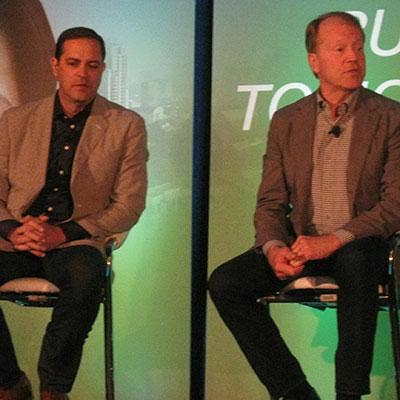
Cisco CEO Succession: Chambers To Depart, Robbins To Take The Helm
While CEO John Chambers' retirement was thought to be imminent, it still took many people by surprise when it was announced May 4. Even more surprising was the revelation that Chuck Robbins, a 17-year Cisco veteran who ran the company's global sales and partner team, would become the networking giant's new CEO.
The choice was popular among Cisco's legions of channel partners. But it also set in motion a number of changes in the company's executive ranks, including the departures of President and Chief Operating Officer Gary Moore and Rob Lloyd, president, development and sales -- both of whom had been seen as Chambers' possible successor. Robbins, planning a leaner, more agile management hierarchy, eliminated the president posts.
Other executive departures followed in June. And Robbins named Chris Dedicoat as his replacement as head of worldwide sales.
Robbins, meanwhile, faced a range of challenges when he took over July 26, including expanding Cisco's security business, clarifying the company's cloud strategy and streamlining development operations.
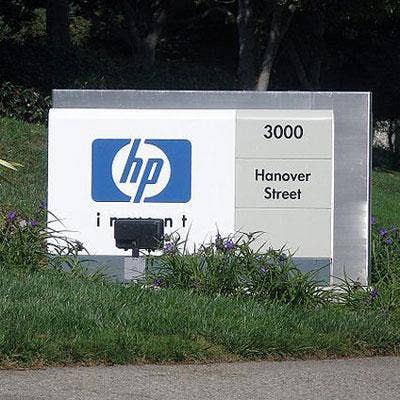
Hewlett-Packard Prepares To Split Into Two Companies
In October 2014, Hewlett-Packard announced plans to split into two Fortune 50 companies, a $57 billion enterprise computing business and a $57 billion printing and personal systems business.
This year, the big news has been HP's preparation for the split, now scheduled for Oct. 31, and the steps the company has taken to carry out the audacious plan. In January, the company announced that CEO Meg Whitman will lead Hewlett Packard Enterprise, while Don Weisler, executive vice president of printing and personal systems, would be president and CEO of HP Inc. And in March, the company launched a program to help the company's thousands of channel partners navigate the split.
In February, Whitman said HP's turnaround was on track and plans for the split were proceeding on schedule. But there have been hurdles. In May, the company said it would cut $2 billion in costs out of its troubled enterprise services business. The company's Q2 sales dropped 7 percent year over year. And Bill Veghte, the executive vice president tapped to oversee the separation plans for Hewlett Packard Enterprise, left in June to become CEO of Survey Monkey.
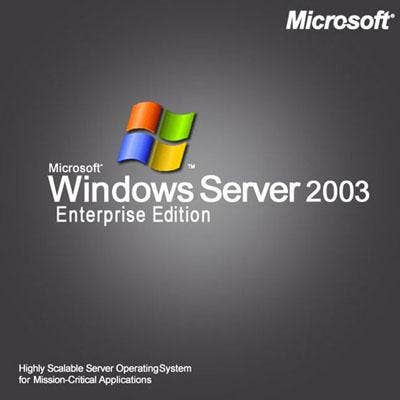
The Scramble To Replace Windows Server 2003
Following the mad scramble by many businesses to replace Windows XP last year, you'd think businesses would have more aggressively worked to replace the aging Windows Server 2003 before Microsoft support ended this month.
And yet early this year, surveys found that some 13 million machines were still running Windows Server 2003 and 47 percent of respondents were either unaware of the end-of-service date or had no fallback plan.
The good news is that the need to replace Windows 2003 spurred a rush of business for solution providers. But as the deadline came and went, some solution providers said that as much as one-third of their customers were still running the unsupported software and were bracing for a wave of frantic emergency calls.
[Related: The 15 Biggest News Stories Of 2015]
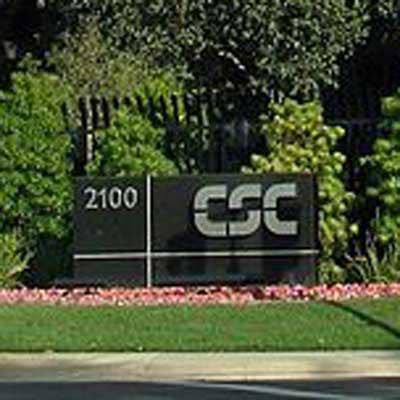
CSC Unveils Plans To Split Into Two Companies
CSC, one of the world's biggest solution providers (No. 5 on the 2015 CRN Solution Provider 500), announced in May that it would split into two publicly traded companies, one focused on the company's $8.1 billion commercial business and the other focused on its $4.1 billion U.S. government business.
The move follows a number of reported efforts to sell the company to a private investor or sell off specific businesses, among other options.
It also follows a lengthy turnaround effort and cost-cutting initiatives by CEO Mike Lawrie going back to 2012. But the company has struggled to grow its sales: Revenue for fiscal 2015, ended April 3, was down more than 6 percent year over year, to $12.71 billion.
And there have been missteps. Lawrie cited poor execution for a third-quarter revenue shortfall. The company had to pay $190 million to settle accounting fraud charges brought by the Securities and Exchange Commission. And Lawrie admitted that he missed key industry shifts, including the rapid move to cloud computing.

HP Buys Aruba Networks In $3 Billion Megadeal
Hewlett-Packard announced in March a deal to acquire high-flying wireless networking vendor Aruba Networks for $3 billion. HP said it would leverage the acquisition to expand its enterprise networking and mobility lines of business, including delivering next-generation converged campus networks.
The acquisition is also expected to have a significant impact on the competitive dynamics in the networking arena, especially between HP and rival Cisco, given that Aruba offered state-of-the-art products.
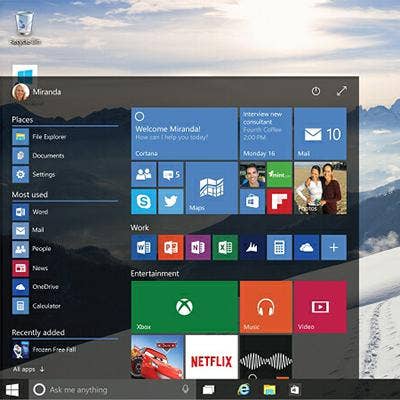
The Channel Gets Ready For Windows 10
Windows 10, unveiled by CEO Satya Nadella in January and launching July 29, is a big deal for Microsoft and its thousands of channel partners.
Windows 10 is the next generation of Microsoft's flagship operating system and the company has a lot riding on the new product. Market acceptance of Windows 8 was poor and the last successful edition, Windows 7, was released in 2009.
Windows 10 is also critical in that it's the first Windows release that supports PCs, tablets, smartphones and other devices with a single version. Offering multiple versions of Windows 8 for different devices (anyone remember Windows RT?) created market confusion and hampered market acceptance.
Not everything has gone smoothly in the run-up to the Windows 10 release. Partners, for example, decried the lack of notification when Microsoft made a surprise announcement that it would offer free upgrades to Windows 10 for existing customers.
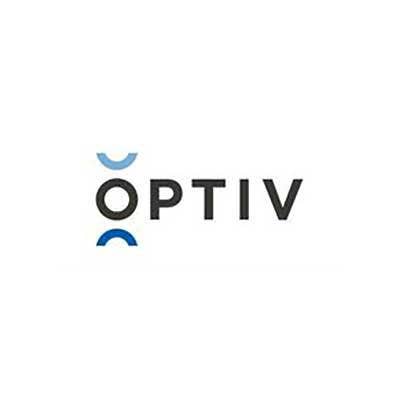
Fishnet And Accuvant Merger Creates Security Solution Provider Powerhouse
In February, competitors Accuvant and FishNet Security completed their merger, announced in November, creating a roughly $1.5 billion information security giant with solutions and services covering nearly every aspect of cybersecurity.
In April, the newly merged companies unveiled their name for the new company, Optiv Security. Both companies had recorded significant growth in recent years and industry observers predicted growth would continue -- if not accelerate -- for the new company. Now No. 26 on the 2015 CRN Solution Provider 500, the company expects sales and profit growth to be well above 20 percent in 2015.

VMware, Carahsoft Pay $75.5 Million To Settle Government Overcharging Lawsuit
VMware and channel partner Carahsoft in June agreed to pay $75.5 million to settle a civil lawsuit alleging they overcharged the federal government for VMware products and services over a six-year period. A former VMware executive brought the suit on behalf of the U.S. General Services Administration, the federal government's purchasing arm.
VMware and Carahsoft were alleged to have given private sector customers better pricing and discounts than it offered government customers. Between 2007 and 2013, they were alleged to have provided "inaccurate pricing, inaccurate disclosures and incomplete information" to the GSA. The result was government agencies bought more server virtualization software than they needed, according to the allegations.
It hasn't been a great year for VMware's government business. In March the U.S. Department of Defense canceled VMware's proposed five-year, $1.6 billion enterprise licensing agreement.
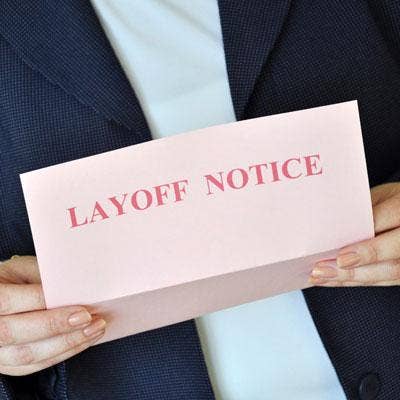
Microsoft Execs Depart In Major Restructuring
Satya Nadella has been making changes at Microsoft since he took the reins as CEO in early 2014. But a significant reorganization was launched in June that resulted in several top executives losing their jobs.
The departing executives included Stephen Elop, who came to Microsoft with the Nokia acquisition and was head of the devices business; Kirill Tatarinov, who managed the Business Solutions Group; and Eric Rudder, chief of advanced strategy. The restructuring was seen as part of Nadella's effort to remake Microsoft into a "mobile-first, cloud-first" company.
In July, the company began cutting as many as 7,800 jobs, most from the mobile phone hardware operations that were acquired from Nokia in April 2014. Some observers saw the cuts -- and a $7.5 billion write down -- as evidence the Nokia acquisition, engineered by Steve Ballmer, Nadella's predecessor, was a mistake.

Comcast Drops $45.2 Billion Bid To Acquire Time-Warner
It was to be a megadeal that created a cable and telecommunications powerhouse. But in April, after it became increasing clear that U.S. regulators would oppose Comcast's $45.2 billion bid to acquire Time-Warner, Comcast decided to walk away from the planned acquisition it had announced in February 2014.
Little more than a month later, Comcast rival Charter Communications announced its own deal to buy Time-Warner for $56 billion. At the same time Charter said it would buy Bright House Networks for $10.4 billion. If both deals go through, Charter will become the second-largest U.S. cable provider.

Elliott Management Flexes Its Investor Muscle
In the first half of 2015, several prominent IT companies, including EMC and Citrix, found themselves wrestling with demands for change from Elliott Management Group, a New York hedge fund company and activist investor.
Other companies have wrangled with Elliott Management before: BMC went private in 2013 under pressure from the investor while Juniper Networks implemented a $160 million cost-cutting plan last year largely in response to pressure from Elliott.
In June, Elliott executive Jesse Cohn disclosed that the investor owned 7.1 percent of Citrix and was demanding a series of changes, including overhauling the vendor's channel operations, cutting operating costs, ditching underperforming product lines, possibly selling off online services like GoToMeeting, and increasing share repurchases.
EMC, meanwhile, has been under pressure from Elliott to break up its five-company federation, including selling off its stake in VMware. But EMC's battle with Elliott has been muted this year since the investor gained two seats on EMC's board in November.
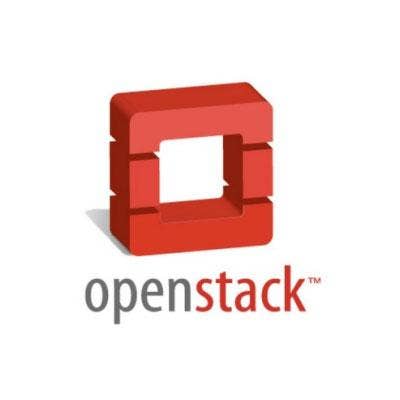
Where Have All The OpenStack Players Gone?
Little more than a year ago, a wave of startup companies focused on delivering products and services based on the OpenStack Infrastructure-as-a-Service standards. They attracted a lot of attention -- and financing -- but by mid-2015, many were gone.
The consolidation actually began in late 2014 with Cisco's acquisition of Metacloud in September and EMC's buyout of Cloudscaling in October. The trend continued this year with Cisco's June 3 deal to buy Piston Cloud and IBM's deal the same day to acquire Blue Box.
But it was the sudden shuttering of Nebula, perhaps the hottest company in the OpenStack arena, in April that really jolted the industry. Nebula's demise sparked an immediate debate: Is OpenStack a viable technology for the cloud computing industry?
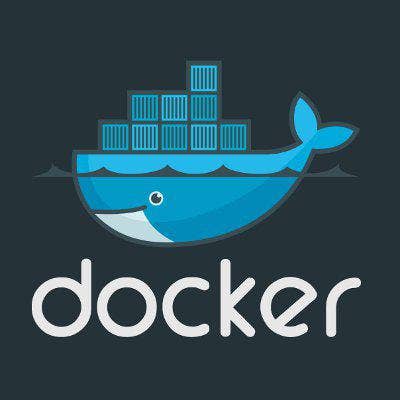
Docker Raises $95 Million, Spearheads The Container Technology Industry
Container technology developer Docker was probably the hottest company in 2014. That momentum continued -- if not accelerated -- into 2015, as its industry influence grew almost as quickly as its bank account.
The latter got a big boost in April when the San Francisco-based company raised a stunning $95 million in Series D venture funding.
But more important, Docker in the first half of 2015 suddenly evolved from just another hot startup to an industry heavyweight that's setting the direction for open-source Linux container technology. Vendors like Amazon Web Services, Google, Red Hat and IBM embraced Docker's technology. More than 800 organizations -- including many Fortune 500 companies, signed up for the company's Docker Trusted Registry. And in June the company launched the Open Container project, an effort to develop standards for Linux containers.
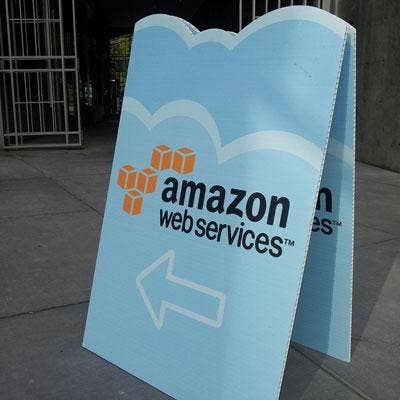
Amazon Web Services: Bigger And Growing Even Faster Than You Thought
In the years since its launch, Amazon Web Services has become a major player, if not the dominant vendor, in the growing Web services market. But just how big it was and how fast it was growing was a mystery because Amazon did not break out AWS' financial numbers.
Until this year, that is. In April, in Amazon's Q1 financial report, the company disclosed that AWS generated $1.57 billion in revenue in the quarter, up 49 percent year over year, and had $265 million in profits.
Impressive enough. But in July, Amazon reported that AWS generated $1.82 billion in revenue during the second quarter, up 81 percent year over year. That was far above Wall Street's expectations of 50 percent growth.
The AWS operation also reported operating income of $491 million, up an astounding 407 percent from one year earlier. Equally impressive was AWS' 21 percent operating margin. That's up from 7.7 percent in the comparable period one year before.

Internet of Things Drives Acquisitions, Channel Preparations
The Internet of Things was probably the most hyped technology of 2014, with market forecasts reaching $19 trillion. That's not happening yet. But in the first half of 2015, the potential of IoT drove a number of industry and channel developments, including acquisitions, vendor spending on development and channel partner preparation.
In March, for example, IBM said it would spend $3 billion over four years developing a portfolio of cloud services and software aimed at IoT and weather-related technology. In June, Intel struck a deal to acquire custom-design semiconductor manufacturer Altera for $16.7 billion, widely seen as a move to bolster its IoT business. In April, Intel bought Lantiq, a smart-home broadband chipmaker, for the same reason. And at the Consumer Electronics Show, Qualcomm demonstrated connected devices for urban areas.
The preparations extended to the channel. Cisco offered channel partners an Internet-of-Everything playbook that provides blueprints and other resources for partners building IoT vertical industry practices. And Aeris Communications launched a partner program that brings IoT network connectivity services to the channel using a recurring revenue model.